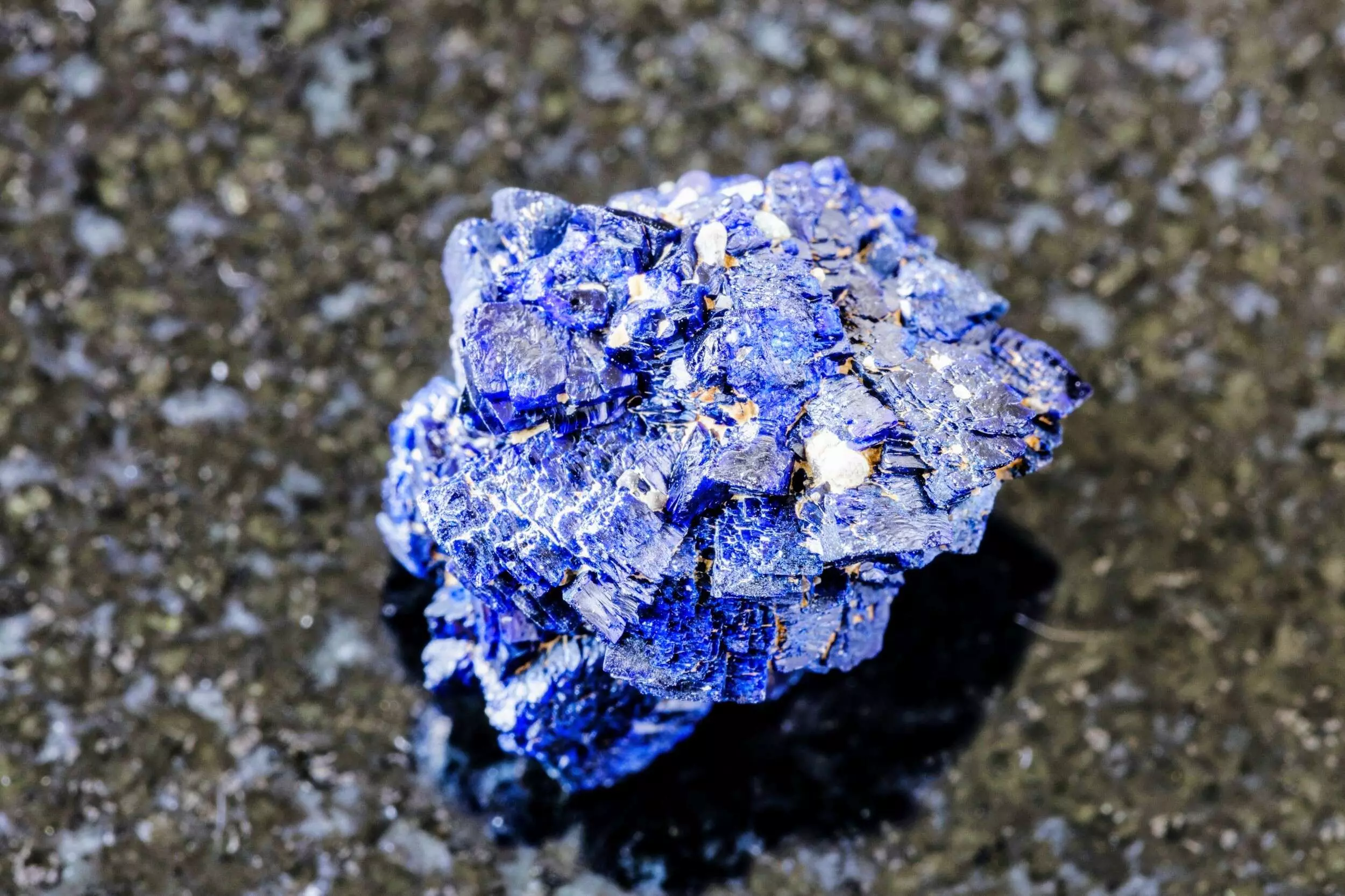India Steps Up Rare Earth Hunt to Counter China’s Dominance; Big Corporates Eye Assam & Other Hotspots

In a strategic move to reduce its dependence on China for critical minerals, the Government of India has rolled out an ambitious plan to domestically explore and extract rare earth elements (REEs) — minerals vital for electronics, green energy, and defense technologies.
Sources confirm that Indian corporate heavyweights — Vedanta, Jindal Group, Mahindra, and Reliance — have already expressed keen interest in investing in mining, processing, and securing supplies of REEs, which are often called “the oil of the 21st century.”
China’s Shadow Looms Large
The urgency stems from China’s near-monopoly over REEs, controlling nearly 70% of global production and over 90% of processing. In 2010, Beijing weaponized its dominance by restricting exports to Japan during a territorial dispute. A Chinese official at the time famously declared:
> “The Arabs have oil; we have rare earths.”
China has since deepened its hold, including on major REE mines in neighboring Myanmar — a development viewed with concern in New Delhi.
India’s Rare Earth Fields Identified
The Geological Survey of India (GSI) and Atomic Minerals Directorate (AMD) have identified several REE-rich regions across the country:
State/Region Key REE Areas
Andhra Pradesh Vishakhapatnam, Srikakulam (beach sands)
Odisha Ganjam-Chhatrapur (coastal placers)
Tamil Nadu Tuticorin, Manavalakurichi
Kerala Kollam, Alappuzha (monazite sands)
Rajasthan Siwana ring complex (hard rocks)
Jharkhand Singhbhum-Ranchi belt
Chhattisgarh & MP Bastar & Satna regions
Assam & NE India Karbi Anglong, Goalpara, Nagaon (granite-hosted deposits), parts of Meghalaya & Arunachal Pradesh
Assam and Northeast: Opportunity & Risk
The resource-rich hills of Karbi Anglong and adjoining regions of Assam have emerged as a focus area. Geological studies confirm deposits of REEs, uranium, vanadium, and platinum.
However, Assam and the broader Northeast pose unique challenges:
insurgency and security risks;
fragile infrastructure;
sensitive tribal lands and community opposition;
allegations of political patronage and cronyism.
Karbi Anglong’s strategic location, bordering China-influenced Myanmar, further heightens its geopolitical significance. Analysts say that Chief Minister Himanta Biswa Sarma’s assertive moves to politically dominate the region may partly be aimed at securing control over these mineral-rich lands.
Big Corporates Eye the Prize
Vedanta, Jindal, Mahindra, and Reliance are among the major Indian players lining up for a stake:
Vedanta and Jindal are expected to focus on mining and intermediate processing, particularly in Odisha, Andhra, and Rajasthan where they already operate.
Mahindra, a pioneer in electric vehicles, and Reliance, with big bets on batteries and semiconductors, are more likely to invest in downstream processing and supply chains rather than direct mining — at least initially.
The Road Ahead: Opportunities & Challenges
Experts note that India’s rare earth initiative offers a chance to reduce Chinese dependency, power the domestic green-tech economy, and create jobs. But the path is fraught with obstacles:
Land acquisition disputes and environmental concerns.
Poor infrastructure in remote mining areas.
Resistance from local communities in tribal and ecologically sensitive zones.
Security challenges in areas like the Northeast.
Lack of domestic refining and separation technology, which China dominates.
Conclusion
With China expanding its footprint in Myanmar’s REE mines and leveraging its control of global supplies, India can no longer afford to sit idle. The government’s push, coupled with corporate interest, could turn India into a credible player in the global REE market — if it manages the land, technology, and local political hurdles wisely.
